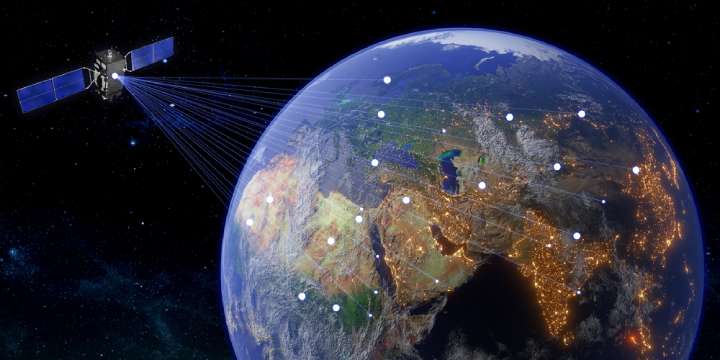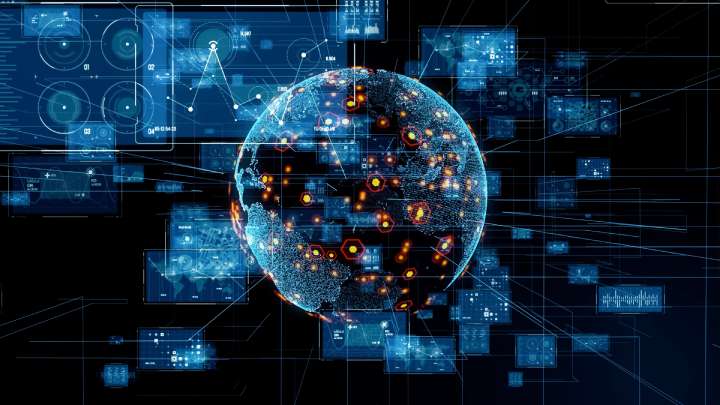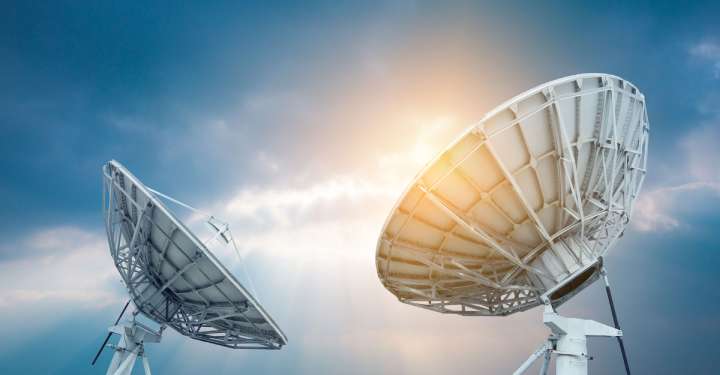
With more data being collected than ever before, the EO market is looking to put it to good use.
Constellations spoke with Aravind Ravichandran, founder of TerraWatch Space about the growing importance of earth observation data and its value to more and more markets in the future, along with some of the advances and challenges ahead.
The EO industry has been projected to grow at a 7.2% clip through 2031 before reaching $11.3 billion. And Ravichandran expects that growth to continue based on the problems that data will solve.
With humans learning more about the planet, their activities on it, and the relationship between the two, Ravichandran expects more industries to start using EO data once they understand the possibilities.
He pointed to weather as one of the most common examples of satellite data “that people forget about,” and that by the 2030s, EO data will be fundamental to lots of products and industries.
As-a-service Expands EO
Most companies, he said, have been acquiring EO data either through subscription-type services from the hundreds of satellites already in orbit, or launching their own to obtain the data they need, or for competitive reasons to own that part of the value chain.
Just as the ‘as-a-service’ model was helping transform the ground and launch markets, providing greater access and value, Ravichandran said as-a-service was helping evolve the EO market as well.
Not only could companies buy data-as-a-service, but also the analytics for the answers they sought. Rather than write their own algorithms, pre-processing and software could tell them about their areas of interest around the planet.
Ravichandran explained a third category that he called ‘insights as a service’ that extended the value chain even further. It uses EO data in combination with other source data to provide insights to solve customer problems such as to predict yield.
By identifying more value-added use cases, the industry could transition from a traditional business model to an approach focused on supporting specific applications. Rather than launch satellites merely for technological reasons, the use cases would drive the requirements. A customer, for example, might prefer less frequent, but wider area coverage than stitching together pieces of more frequent but narrower imaging.
“They're not just saying, ‘We are going to launch a wide swath sensor.’ Now, they have a reason because the customer wants to look at the imagery that way,” Ravichandran said about how the strategies are evolving.

Next Big Thing: Data Fusion
Newer technical capabilities that leveraged multiple sensors and data fusion were also expanding EO applications and their value.
“There's only so much you can do with one sensor,” Ravichandran said about why fusion that combined different types of sensors and data was becoming the next big thing in Earth observation.
“If you need continuous monitoring over the Northern Hemisphere, you're not going to get it,” he said of optical imagery as an example, which is unable to ‘see’ through clouds to the ground.
Limiting customer imagery to half a year due to cloudy weather “is not a great service,” he said. “If you need continuous monitoring you need to combine the optical data with SAR,” he said, referring to synthetic aperture radar.
Unlike electro-optical sensors that are ‘passive’ like a camera and are easily obscured, the ‘active’ sensors of SAR are not. SAR signals can pass through the atmospheric conditions of clouds and rain to reflect back and image what’s on the ground.
That ability to continuously monitor makes SAR an important sensor, Ravichandran said, particularly for floods and other disasters, and for the persistent coverage needed during geopolitical conflict and war.
“If you're developing a product, you need to do it together, combining different types of sensors and data,” Ravichandran said. Fusing data sets from satellite and ground sensors is an example “that gives you a better result.”
Sovereign Earth Observation
With EO data becoming more important, Ravichandran said more countries were showing interest in launching their own satellites and creating their own ‘sovereign’ Earth observation programs. Historically, only a dozen or so countries have had such programs, but with evolving geopolitics, national security, and climate change he said the trend was for countries to be less dependent on others for data.
“Countries want to monitor their own regions and their own assets using their own satellites instead of depending on external sources and data from other countries. That's what's driving the trend for sovereign Earth observation.”

The Ground as Fundamental Part
To manage the explosion in EO constellations and terabytes of data being generated, Ravichandran pointed to the need for more ground modernization, which he said had been overlooked.
That requires infrastructure around the world to capture and bring down satellite data, and secondly, to command and task satellites increasingly through software. With a future of in-orbit computing, Ravichandran said people will want to send code up for a cloud detection algorithm one day, a tree detection algorithm the next, and a ship detection algorithm after that.
“You need the ability to send cloud command and code up and down, which means you need a system that is safe, secure, and scalable. That he said, was happening in phases.
Building the Next Generation
Looking at the five-year horizon, Ravichandran said he expects to see more companies developing products with all the data being collected. While the past five to seven years have seen companies launch hundreds of satellites and constellations with different sensors, the next five will be how to make use of it all.
To that end, he sees more involvement by the users of that data, “whether its agriculture or insurance or banks or governments or anyone.”
“The industry won’t know how those users want to use the data. We need to involve them and educate them about what the data can do so that, essentially, we can build it together.”
To hear more about the evolving of earth observation industry, the unfolding applications and the expanding value chain, click here.
